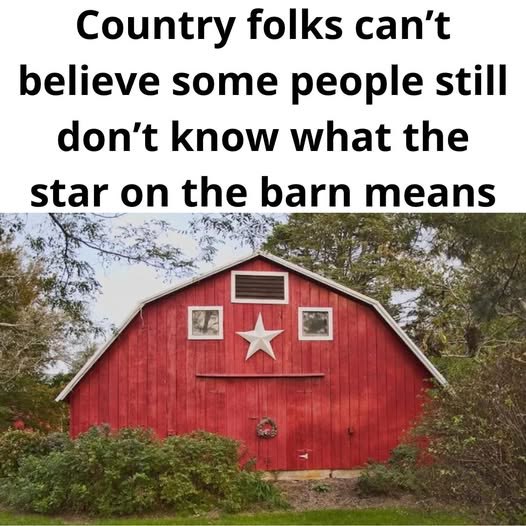
Drive through the countryside of Pennsylvania, Maryland, or Ohio, and you’ll notice them — large, five-pointed stars nailed high on barn walls, their paint faded by years of sun, rain, and wind. Reds, blues, blacks — some perfect, some hand-cut and slightly uneven — these stars catch the eye from the passing road, simple yet commanding.
They’re called barn stars, but they’re far more than rustic décor. Their story is a rich mix of art, faith, superstition, and family tradition that stretches back centuries.
The Origins of a Rural Icon
Barn stars trace back to the Pennsylvania Dutch, German-speaking immigrants who settled rural Pennsylvania in the 17th and 18th centuries. They brought traditions that blended Christianity with pre-Christian folk beliefs.
For these settlers, a star wasn’t just decoration — it was a guardian. Placing one on a barn was like declaring to the universe: This family works hard, honors God, and seeks protection and prosperity for crops and livestock. Each star became a unique signature, a coat of arms for families who worked the land.
Names, Colors, and Meaning
Terminology varies: some call them Amish stars, others link them to hex signs — colorful, symbolic designs painted on barns. The colors mattered